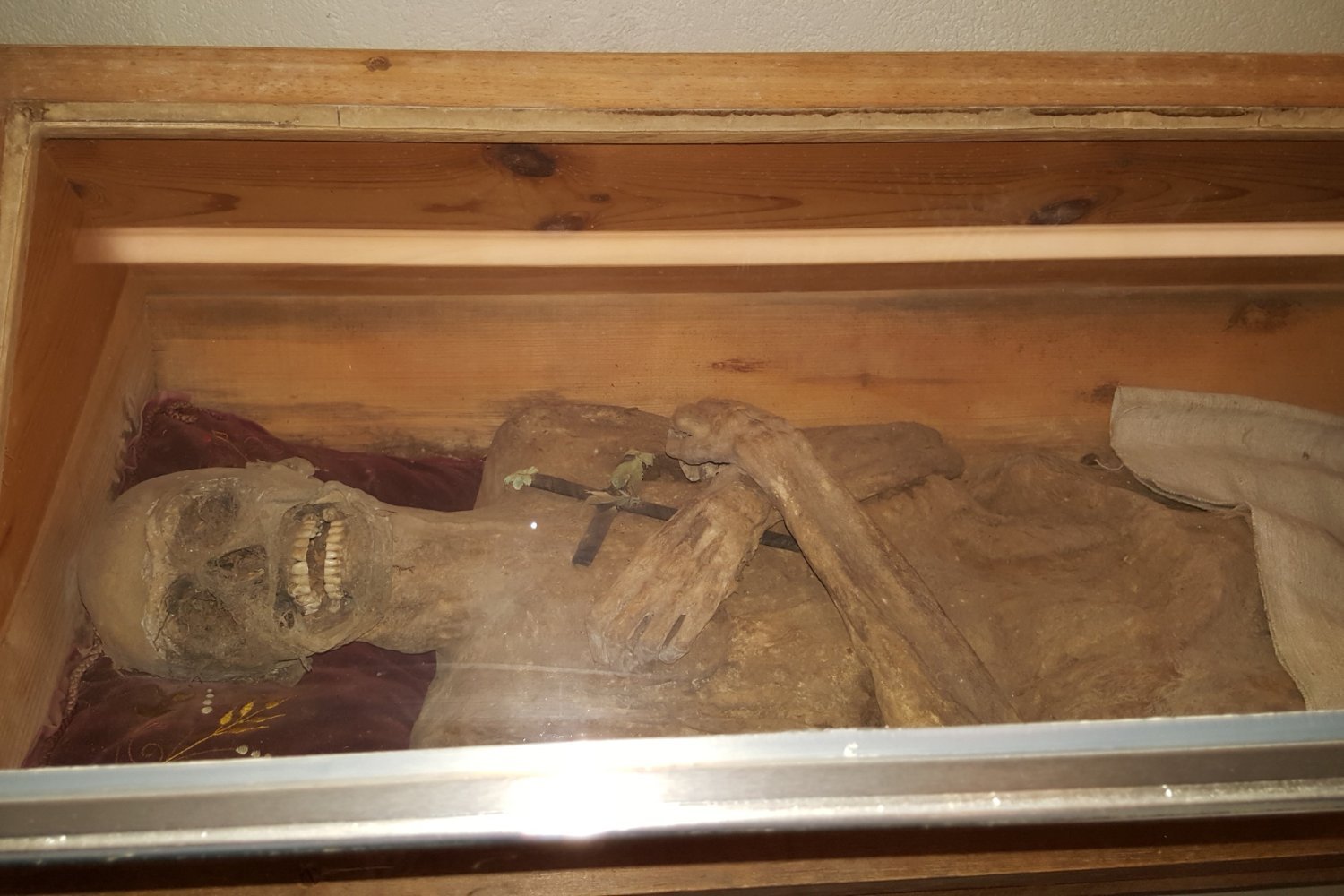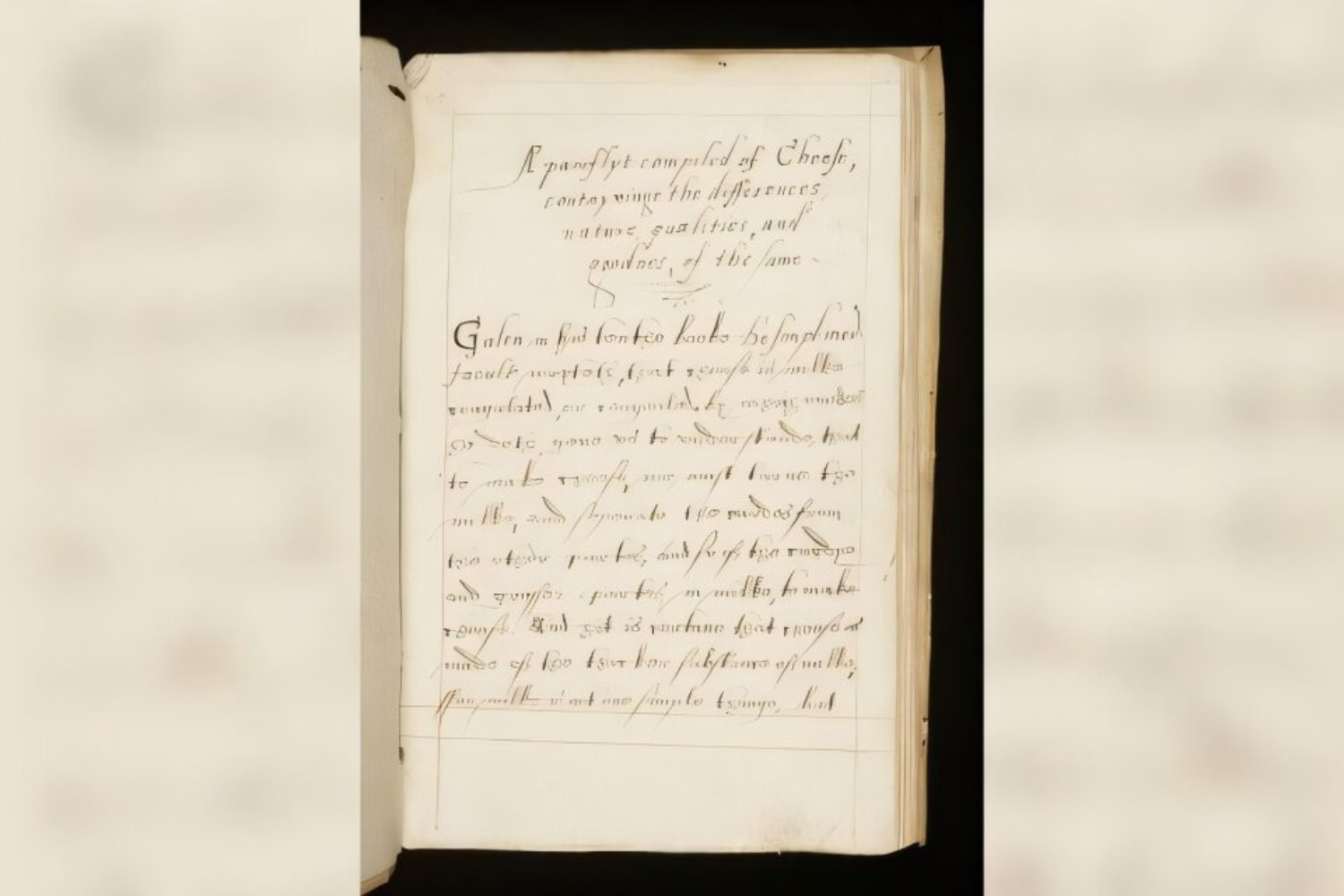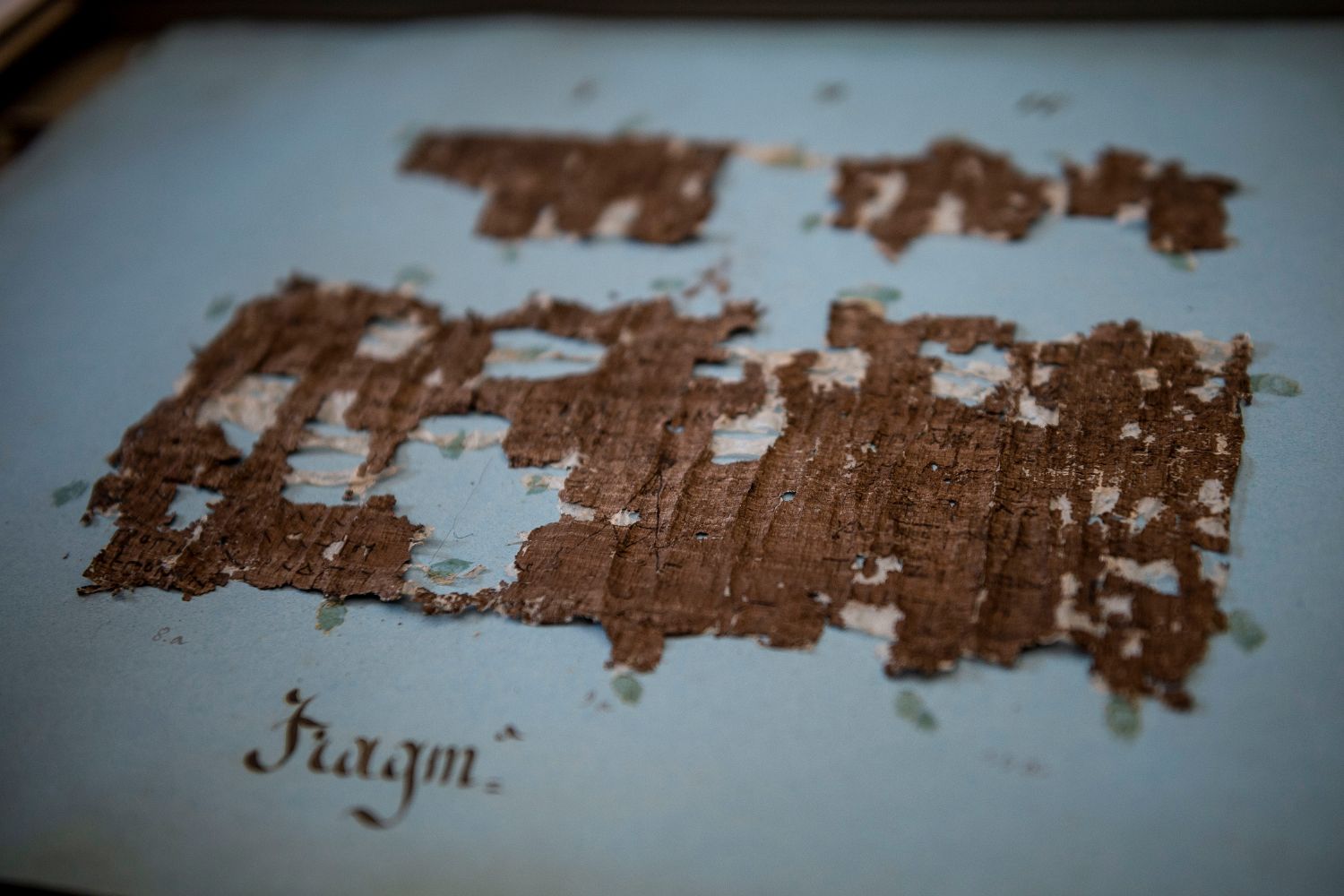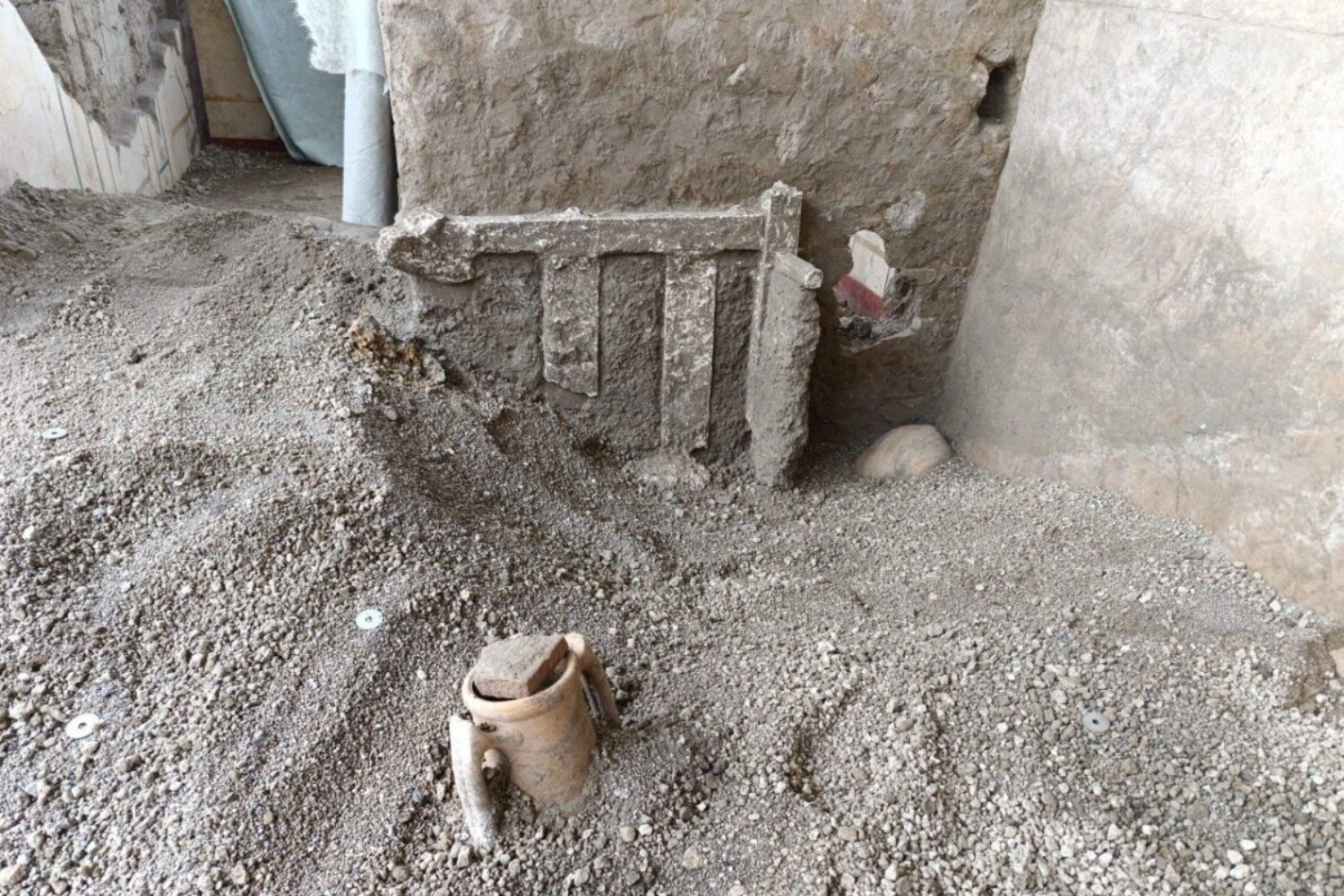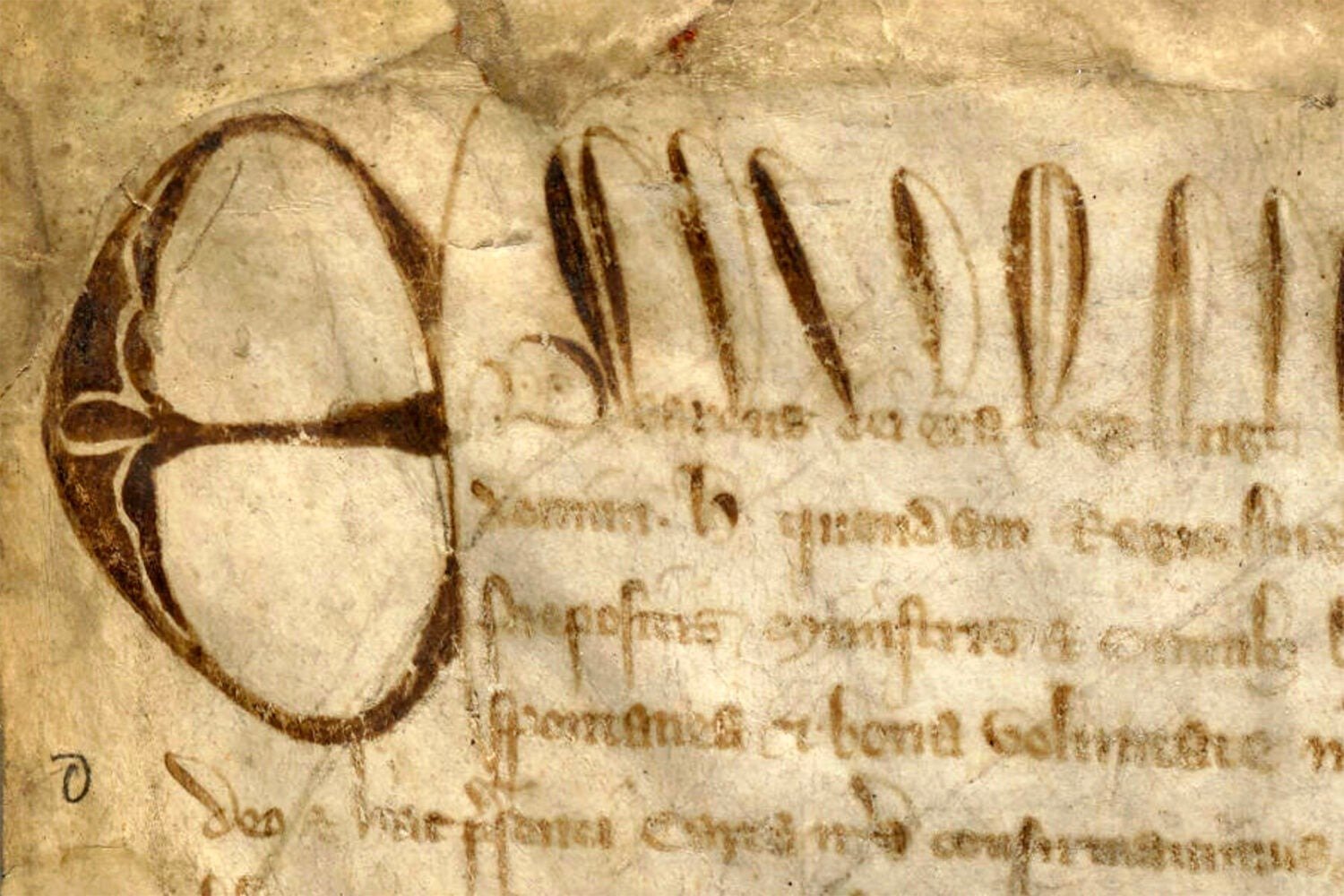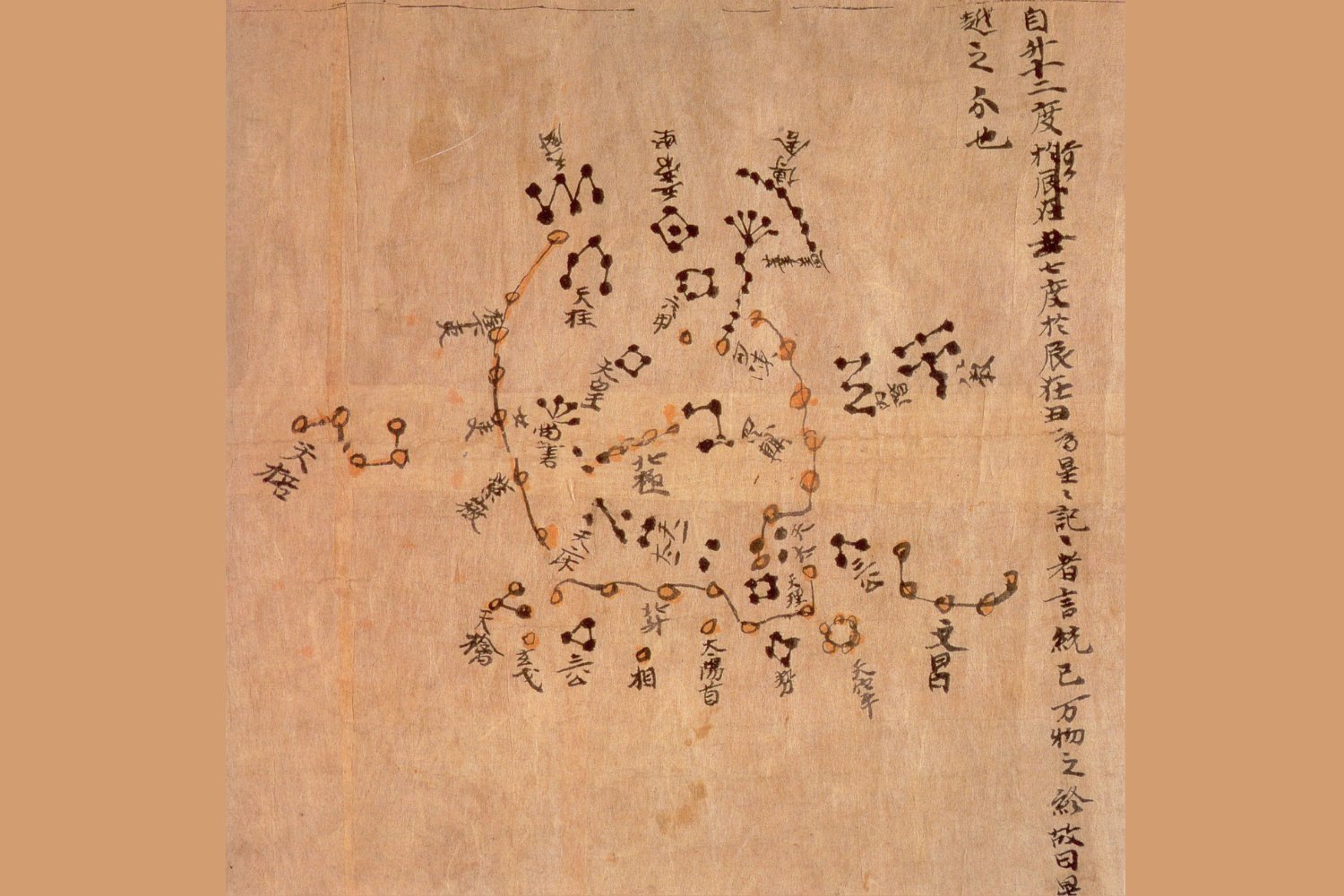The image of a mummy typically conjures thoughts of ancient Egypt. However, mummification practices existed across various cultures. A recent discovery in a small Austrian village has unearthed a surprising and previously unknown embalming technique involving the rectal insertion of materials. This unusual method, detailed in a study published in Frontiers in Medicine, has allowed scientists to examine a remarkably well-preserved 18th-century mummy and gain insights into this unique mummification process.
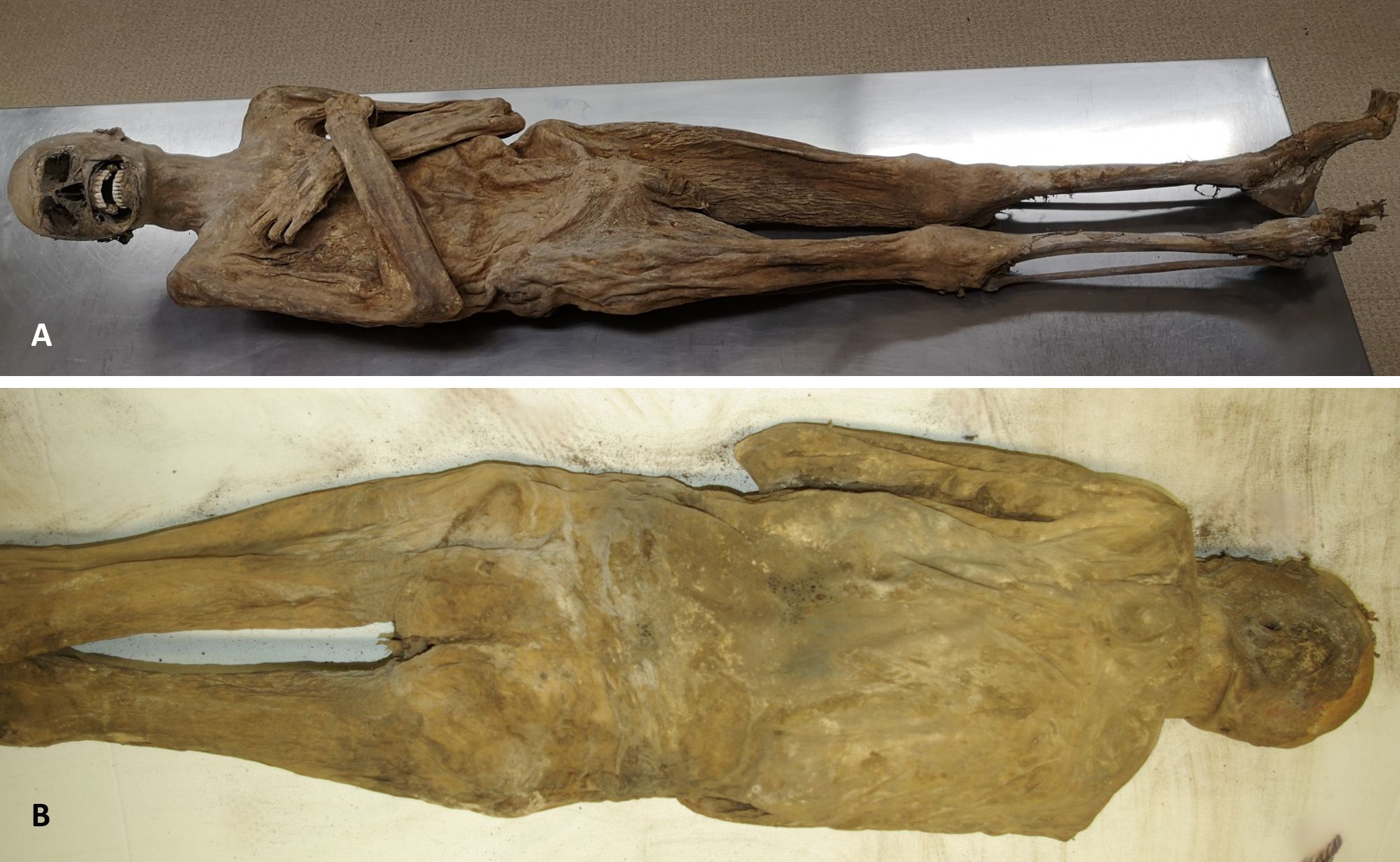 Full Body Mummy
Full Body Mummy
A Unique Preservation Technique
The mummy, found in the crypt of St. Thomas am Blasenstein church, is identified as Franz Xaver Sidler von Rosenegg, a local parish vicar who died in 1746. According to lead researcher Andreas Nerlich, a pathologist at Ludwig-Maximilians-Universität, the exceptional preservation is attributed to “an unusual type of embalming, achieved by stuffing the abdomen through the rectal canal with wood chips, twigs and fabric, and the addition of zinc chloride for internal drying.”
Scientific Investigation Unveils Details
While the head and lower extremities were poorly preserved, the vicar’s upper body remained remarkably intact. Researchers employed a combination of radiocarbon dating, CT scans, and an autopsy to study the mummy and confirm its identity. Analysis revealed the presence of linen, flax, and hemp fabrics within the abdominal and pelvic cavity, along with a bead, branches, and wood chips from fir and spruce trees. These locally available materials likely played a key role in absorbing fluids and aiding preservation. The presence of zinc chloride further contributed to the drying process.
A Previously Undocumented Method
This rectal insertion technique stands in stark contrast to the well-documented Egyptian mummification process, which involved the removal and treatment of specific organs. Nerlich suggests that this unusual method “may have been much more widespread but unrecognized” in cases where decomposition obscured the evidence of such manipulations.
Insights into the Vicar’s Life
The study also provides glimpses into Sidler von Rosenegg’s life. Researchers estimate he died between the ages of 35 and 45, sometime between 1734 and 1780, aligning with historical records. Analysis suggests a relatively comfortable life, with a balanced diet of grains, animal products, and possibly fish, though potential food shortages during the War of Austrian Succession are noted. Evidence of long-term smoking and potential lung tuberculosis in his final days were also discovered.
Expanding Our Understanding of Mortuary Practices
This discovery highlights the ongoing need to explore and understand the diverse mortuary practices of past cultures. Even in relatively recent historical periods, like 18th-century Austria, surprising and previously unknown methods of preserving the deceased continue to be uncovered, enriching our understanding of how different societies approached death and remembrance.



